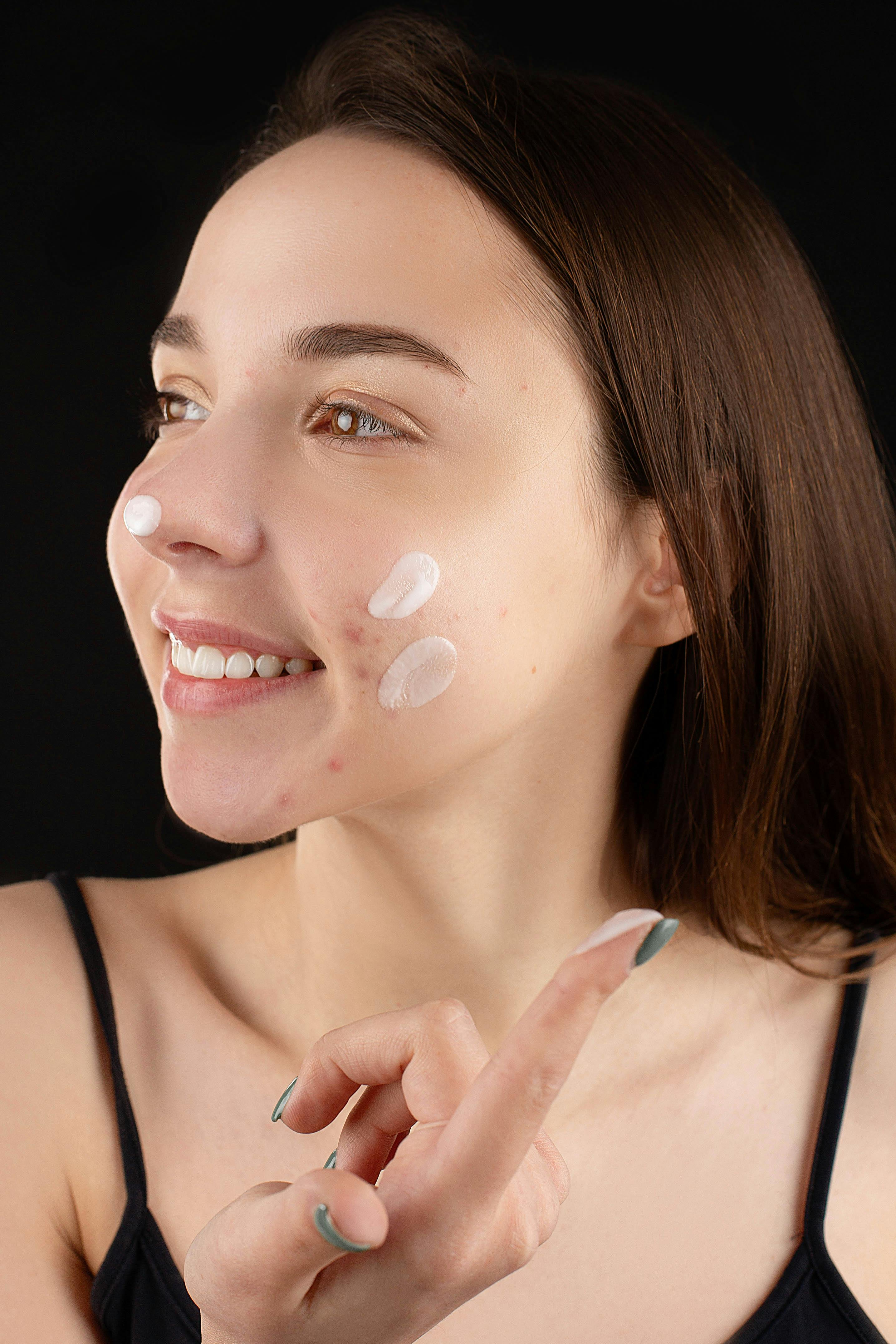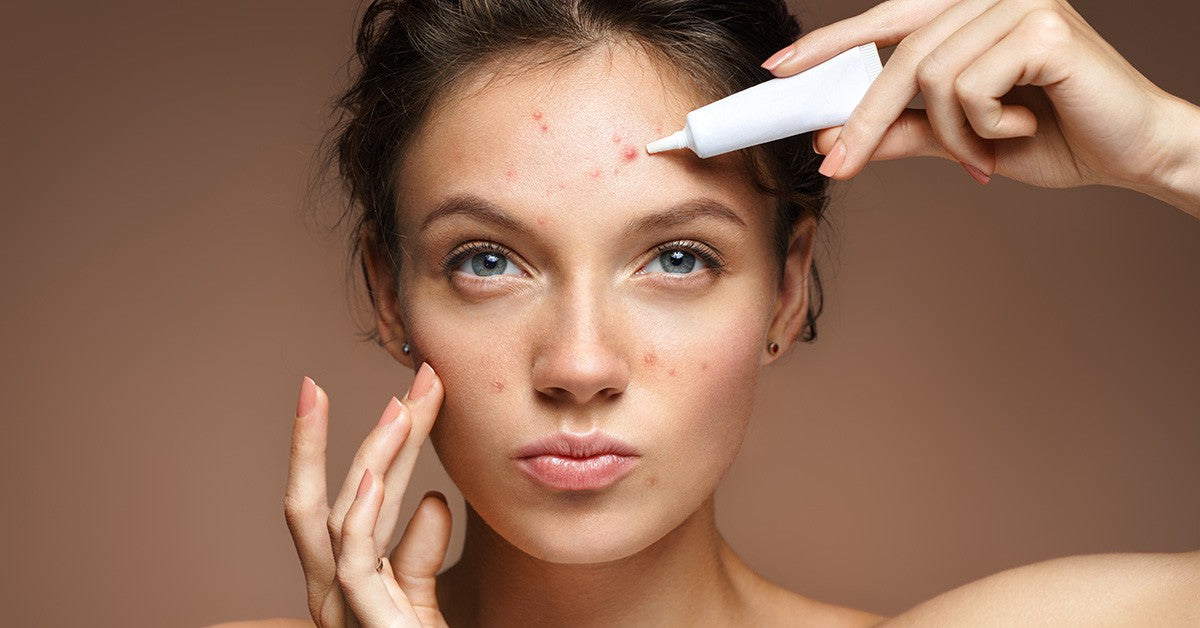Top 12 Ways to Get Rid of Hyperpigmentation

Hyperpigmentation is a prevalent concern affecting many, manifesting as dark spots or patches on the skin. These discolorations arise from a variety of factors, including sun exposure, hormonal changes, genetics, and inflammation. While often harmless, hyperpigmentation can be aesthetically displeasing for those who desire an even skin tone. Fortunately, numerous treatments and exclusive skincare ingredients have been meticulously crafted to reduce hyperpigmentation, restoring a harmonious complexion. In this article, we will delve into the professional treatments and sophisticated ingredients that can help fade those dark spots, offering insights into their benefits and applications.
Causes of Hyperpigmentation
Hyperpigmentation occurs when an excess of melanin, the pigment responsible for skin color, forms deposits in the skin. Several factors can lead to this overproduction of melanin.
Sun exposure is a primary cause, as ultraviolet (UV) rays from the sun stimulate melanin production as a natural defense mechanism, resulting in sunspots and age spots. Inflammation, known as post-inflammatory hyperpigmentation (PIH), can also contribute. PIH occurs after skin injury or inflammation from conditions like acne where the skin darkens as it heals.
Hormonal changes can trigger a type of hyperpigmentation called melasma, often seen in pregnant women or those taking birth control pills. Additionally, genetic factors play a role, making some individuals more predisposed to developing hyperpigmentation.
Understanding these causes allows for the correct selection of topical ingredients or treatments to treat and manage hyperpigmentation effectively.
6 Professional Treatments for Hyperpigmentation
Fractional Laser

Fractional lasers allow for multiple depths of the skin to be targeted, as dealing with pigmentation it is important to know that pigment can form in different layers of the skin. Indicating why it can be hard to permanently remove pigmentation completely but needs to be continuously managed. During fractional laser treatments, small, microscopic channels (wounds) are created, allowing for a lot of the skin on the surface to stay intact, meaning there is less down-time with fractional lasers. This activates the body's natural healing process to kick in and produce new collagen, new skin to turnover and the breaking down of pigment into small pieces so that the bodies lymphatic system can come through a remove the excess. To successfully remove pigmentation, more then one session is required.
Q-Switched Laser

The Q-Switched laser delivers high-intensity pulses of light, allowing for the breakdown of melanin deposits in the skin into smaller pieces so that the bodies lymphatic system can remove the excess. Multiple sessions are required in order to effectively remove deep and persistent dark spots on the skin. Similar concept to tattoo ink removal, the laser works by breaking down the ink into small pieces so that the body can come through and remove the waste. Tattoo ink requires multiple sessions to lighten up the ink, same goes for pigmentation. It is important to know that all skins are different, some pigment may lighten faster, and some deep pigmentation can be more stubborn.
TCA (Cosmo) peel

TCA Peel
Trichloroacetic acid (TCA) peels allow for a customizable treatment, as dependent on the number of layers performed, this peel has the ability to penetrate different depths of the skin for either an epidermal or dermal treatment. TCA peels stimulate significant skin renewal, effectively targeting persistent dark spots and promoting a rejuvenated appearance. Also indicated for ageing skins.
Jessner's Peel
Jessner's peel, a sophisticated blend of salicylic acid, lactic acid, and resorcinol, expertly exfoliates the skin. Particularly beneficial for treating melasma and post-inflammatory hyperpigmentation, it promises a refined and even skin tone.
Picosecond Laser
The picosecond laser delivers ultra-short pulses of energy, shattering melanin into minute particles that are naturally eliminated by the body. This advanced treatment is effective for both superficial and deeper pigmentation, ensuring a comprehensive approach to skin clarity.
When to Consider Professional Intervention for Hyperpigmentation Treatment
Navigating hyperpigmentation can be a personal journey. If over-the-counter products haven't delivered, it may be time to seek expert care. At Skin to Heart in Malvern, Melbourne, we don't just treat pigmentation; we understand it holistically. Our advanced treatments aim to provide healthier, more radiant skin and a renewed sense of self. Schedule a consultation today to experience the exceptional care and community spirit that define our service.
Best Skincare Ingredients for Reducing Hyperpigmentation
Understanding that pigmentation requires ongoing management to effectively reduce pigmentation within the skin. Professional treatments targeting pigmentation need to be paired with a customizable skincare routine in order to sustain results from in clinic treatments, but to also reduce further discoloration. There are multiple ingredients that have shown to target pigmentation:
Vitamin C
Vitamin C, or ascorbic acid, is a potent antioxidant revered for its ability to diminish dark spots and even out skin tone. It achieves this by inhibiting the enzyme tyrosinase, pivotal in melanin production. However, this ingredient also allows for the prevention of free radical damage that contributes to ageing, as well as brightening the skins complexion.

Niacinamide
Niacinamide, also known as vitamin B3, also reduces hyperpigmentation. It decreases melanin transfer to skin cells and has anti-inflammatory properties, ideal for addressing acne-related discoloration. Indulge in this transformative serum for balanced, luminous skin.


Alpha Arbutin
Alpha arbutin effectively fades dark spots and hyperpigmentation by gently releasing hydroquinone to inhibit melanin production. This product also acts as an anti-blemish serum, when reducing breakouts on the skin, can reduce the likelihood of post-inflammatory hyperpigmentation to occur.

Kojic Acid
Kojic acid, a hero ingredient for lightening sun damage, age spots and scarring. pigmentation. It works by inhibiting tyrosinase, the enzyme responsible for melanin production. This ingredient is great for skins prone to pigmentation, including melasma.


Licorice Extract
Licorice extract is a natural skin lightener that reduces hyperpigmentation and redness. Inhibiting tyrosinase activity, curbing the production of dark pigments. Having the ability to improve overall skin tone.

Tranexamic Acid
Tranexamic acid, a synthesized amino acid, has shown remarkable efficacy in reducing hyperpigmentation. It inhibits the interaction between melanocytes and keratinocytes, thereby diminishing melanin production and transfer. Particularly effective for melasma and other pigmentation issues, this ingredient can be used both topically, as well as, internally, when recommended by a dermatologist.

FAQs about Hyperpigmentation Treatment
How long will it take for hyperpigmentation to fade?
The journey to fading hyperpigmentation varies in time and is different for everyone. Mild cases may witness earlier improvement within a few weeks to months, whereas more persistent pigmentation demands several months of ongoing treatments and at home post care. When treating pigmentation, it will require ongoing management, particularly after seasons, like summer.
What is the fastest way to get rid of pigmentation?
Through a combination of at home skincare and in clinic treatments, such as laser therapy or chemical peels. Both are required to effectively reduce pigmentation, it is beneficial to use clinic treatments to begin the removal of stubborn pigmentation, and then having a guided skincare routine to maintain the results.
Can you naturally get rid of hyperpigmentation?
Embrace the gentle touch of nature with remedies like aloe vera, turmeric, and apple cider vinegar. Though they offer a more gradual approach compared to professional treatments, their holistic benefits contribute to a balanced and harmonious skincare routine.
Can pigmentation be cured permanently?
While hyperpigmentation can be significantly reduced, it requires ongoing management, as you may notice when summer comes around, even with consistent SPF use that it may cause some lesions to darken again. Similarly, hormonal fluctuations and genetics may also cause some to reappear. Consistent and proactive measures are vital when it comes to treating pigmentation.
Should You Consider Peels to Get Rid of Hyperpigmentation?
Chemical peels stand as a refined solution, especially for those whose skin has not responded to topical treatments alone. They expertly exfoliate, encouraging the emergence of fresh, radiant skin cells.
Are Lasers Safe for Hyperpigmentation Removal?
Indeed, when administered by a skilled professional, laser treatments offer a secure and effective path to removing hyperpigmentation. There are specific types of lasers that are used to treat pigmentation, having a personalized consultation will ensure the most suitable laser treatment is chosen.
Discover Personalized Treatment for Hyperpigmentation with Skin to Heart
For tailored guidance and bespoke treatment plans, schedule a consultation with Skin to Heart. Our highly trained skincare professionals will meticulously assess your skin condition and recommend the most effective treatment plan to address your hyperpigmentation. Allow us to guide you towards a clearer, more radiant complexion, curated to your distinct needs. Experience our focus on holistic wellness and join our community that values both inner and outer beauty.
- Tags: pigmentation
0 comments

